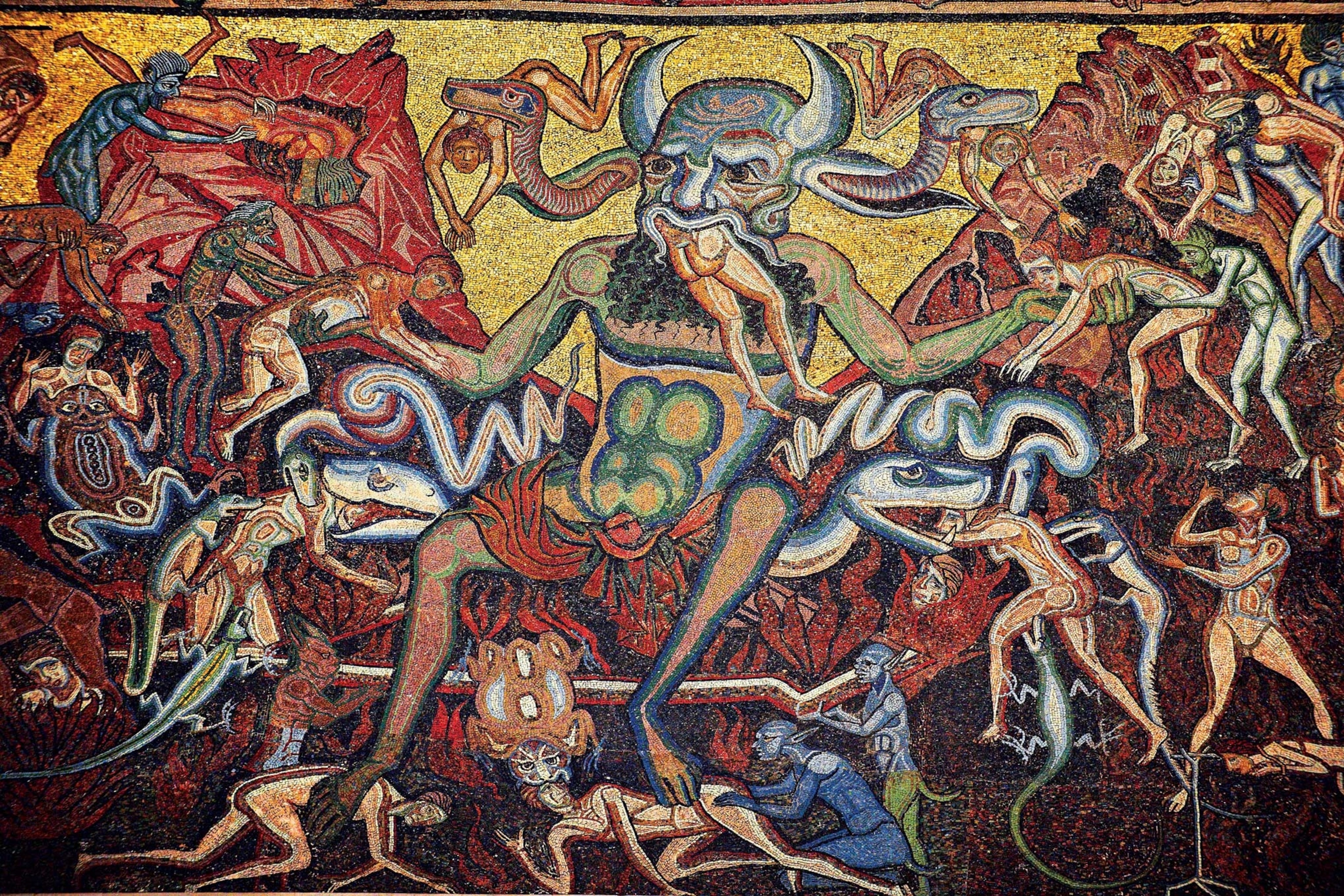
Throughout history, many societies have recognized the social necessity of evil. Evil acts as a counterbalance to good, and it is often seen as a necessary part of the natural order. Without evil, there would be no good, and without suffering, there would be no growth. Evil is often used to explain the existence of suffering and to encourage people to behave in a certain way. It is seen as a way to promote moral and ethical behaviour.
However, the concept of evil has also been used to justify violence, oppression, and persecution. In many societies, people have been demonized and oppressed because of their beliefs or because they were seen as different. The devil has been used as a way to justify these actions, and people have been accused of being in league with the devil to justify their persecution.
In modern times, the concept of evil has become more complex. With advances in science and technology, people have become more aware of the complexities of the world and the interconnectedness of all things. Many people now believe that there is no such thing as absolute evil or absolute good, and that all things are relative.
Despite this, the concept of evil remains an important part of human culture. It continues to be used as a way to explain the unexplainable, and to promote ethical and moral behaviour. Whether seen as a force of nature or as a malevolent deity, the devil remains an important part of human history and culture, and will continue to be so for many centuries to come. While the Devil is often associated with evil and oppression, there are also interpretations of the Devil as a liberator from oppressive systems. In this sense, the Devil can be seen as a symbol of rebellion against authority and social norms.
While the Devil is often associated with evil and oppression, there are also interpretations of the Devil as a liberator from oppressive systems. In this sense, the Devil can be seen as a symbol of rebellion against authority and social norms.
Throughout history, there have been many instances of people turning to the Devil as a way to resist oppressive structures. For example, during the early modern period in Europe, accusations of witchcraft often revolved around the idea of people making pacts with the Devil in order to gain power and agency. In this context, the Devil represented a way for marginalized individuals to assert themselves in a world that was stacked against them.  Even in contemporary popular culture, we can see the Devil being used as a symbol of rebellion and resistance. For example, the character of Lucifer in the TV show "Lucifer" is portrayed as a charming and charismatic figure who uses his powers to help people break free from oppressive situations.
Even in contemporary popular culture, we can see the Devil being used as a symbol of rebellion and resistance. For example, the character of Lucifer in the TV show "Lucifer" is portrayed as a charming and charismatic figure who uses his powers to help people break free from oppressive situations.
It's important to note that these interpretations of the Devil as a liberator are not universally accepted. For many people, the Devil is still seen as an embodiment of evil and a force of destruction. However, the fact that the Devil has taken on such a variety of meanings throughout history is a testament to the complexity and power of this symbol. Whether we see the Devil as a force for good or evil, it's clear that this figure has had a profound impact on our understanding of power, agency, and resistance.
Use left/right arrows to navigate the slideshow or swipe left/right if using a mobile device



 While the Devil is often associated with evil and oppression, there are also interpretations of the Devil as a liberator from oppressive systems. In this sense, the Devil can be seen as a symbol of rebellion against authority and social norms.
While the Devil is often associated with evil and oppression, there are also interpretations of the Devil as a liberator from oppressive systems. In this sense, the Devil can be seen as a symbol of rebellion against authority and social norms. Even in contemporary popular culture, we can see the Devil being used as a symbol of rebellion and resistance. For example, the character of Lucifer in the TV show "Lucifer" is portrayed as a charming and charismatic figure who uses his powers to help people break free from oppressive situations.
Even in contemporary popular culture, we can see the Devil being used as a symbol of rebellion and resistance. For example, the character of Lucifer in the TV show "Lucifer" is portrayed as a charming and charismatic figure who uses his powers to help people break free from oppressive situations.